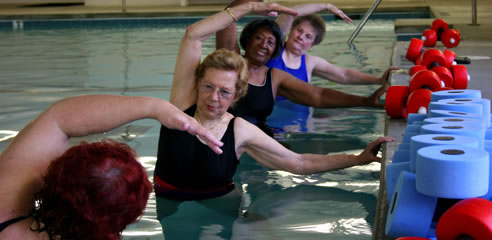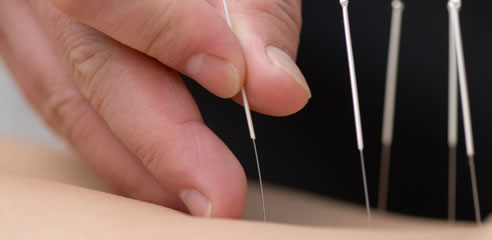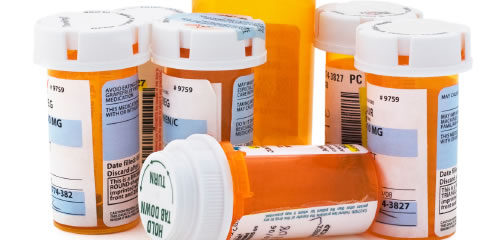
|
|
|
Call our offices at: (310) 274-3481 (800) 964-0404
Beverly Hills
9301 Wilshire Boulevard
Suite 406A
Beverly Hills, California 90210

|
|
 |
|
|
INSURANCE & WORKERS' COMPENSATION
ACCEPTED!
We accept most types of
insurance
providers and specialize in the treatment of
workers' compensation injuries to the hand and upper extremity. |
|
 |
|
Multidisciplinary Modalities
Physical Therapy
Heat
Therapeutic Cold
Transcutaneous Electrical Nerve Stimulation (TENS)
Acupuncture
Biofeedback
Medications
Opioid Analgesics
Antidepressants
Skeletal Muscle Relaxants
When developing a plan of action to provide the most successful outcome of pain relief for patients, the use of multidisciplinary modalities, such as different types of physical therapy and medications, in combination is key to accomplishing this goal. Due to the intricacies and variability in these pain conditions, it is imperative to utilize this approach to establish a proper diagnosis and treatment therapy plan. Listed below are common medications and therapies prescribed to patients in effort to provide the highest quality of care and most successful outcome.

Heat
Heat is used as a physical therapy modality to help relieve pain. Using heat on an affected area increases blood flow, reduces edema, decreases joint stiffness, increases extensibility of connective tissue, decreases muscle spasm, and provides pain relief. There are contraindications for using heat as a physical therapy modality that will be discussed with the physical therapist. When choosing a modality in which to deliver heat, the therapist must decide whether superficial or deep heat is desired, and which mechanism of heat delivery is best suited for the patients needs. Superficial heating modalities include hydrocollator packs, circulating water heating pads, chemical heating pads, microwavable heating pads, paraffin baths, hydrotherapy, and fluidotherapy. Deep heating modalities include ultrasound, short wave diathermy, and microwave diathermy.
Therapeutic Cold
Therapeutic cold is used as a physical therapy modality to help relieve pain and is often paired with the use of heat. Therapeutic cold causes vasoconstriction, decrease in muscle tone, decrease in metabolic activity of the treated area, decrease in spasticity, and pain relief. It is imperative that the proper therapeutic cold modality is chosen specifically for each patient to guarantee the success of the therapy. The choice of the proper modality relies on the body part being treated and if the modality will be administered by a professional or by the patient. Different therapeutic cold modalities include ice pack and slushes, iced whirlpools, ice rubs, evaporative cooling sprays, and chemical ice pack.
Transcutaneous Electrical Nerve Stimulation (TENS)
Transcutaneous electrical nerve stimulation is a therapeutic modality used to deliver low-voltage electrical current to relieve both acute and chronic pain. Electrodes are placed on the body at the painful areas or at pressure points. Electrical current is then delivered and can be adjusted to different wavelength frequencies that will be prescribed by the doctor or physical therapists. Transcutaneous electrical nerve stimulation is very safe and is used to treat acute pain, musculoskeletal pain, peripheral vascular insufficiency, abdominal and visceral pain, and neuropathic pain. Patient may feel some pain relief after TENS, however the effectiveness has yet to be proven.
Acupuncture

Acupuncture is an ancient Chinese technique in which extremely thin needles are inserted into the skin in specific points on the body to help with symptomatic relief of a variety of pain conditions and diseases. The Chinese believe that by inserting the needles into these specific points on the body, the oi or chi (energy or life force) that was disrupted by disease can readjust to return the yin and yang to a state of equilibrium. Western practitioners believe that the insertion of acupuncture needles stimulate the release of the body’s natural painkillers, increase blood flow, and stimulate nerves, muscles, and connective tissue.
Biofeedback
Biofeedback is a technique that is used to train patients to gain control of bodily functions including heart rate, blood pressure, skin temperature, muscle tension, and the galvanic response. When training a patient using biofeedback, the practitioner uses devises that provide the patient with visual and auditory feedback of the physiologic activity being measured. It is believed that if the patient is provided with this feedback he or she is able to modify and control these responses to help reduce pain and symptoms of medical conditions often induced by stress such as asthma, hypertension, ulcers, and headaches. The most common biofeedback devices are thermistor skin temperature monitors, electromyographic monitoring devices, galvanic skin response devices, and heart rate monitors. Biofeedback is best used as a multidisciplinary treatment plan supervised by a highly skilled professional.
Medications

Opioid Analgesics
Opioid analgesics are prescription pain relievers that act on the central nervous system. Opioids are habit forming drugs and must be carefully monitored by a physician. Opioids are used to relieve pain from a variety of conditions such as cancer, diabetic neuropathy, back pain, and other chronic diseases and disorders. Examples of opioid drugs include morphine, oxycodone, methadone, codeine, hydrocodone, and more.
Antidepressants
Antidepressants are drugs that affect neurotransmitters in the brain, particularly serotonin, norepinephrine, and dopamine. Commonly prescribed to treat depression, antidepressants are also widely used as a first-line treatment for patients suffering from a variety of painful conditions. There are many classifications of antidepressant compounds, all having unique properties. The drug of choice and dosage should be carefully monitored by a qualified physician.
Skeletal Muscle Relaxants
Skeletal muscle relaxants are drugs that effectively treat painful musculoskeletal conditions with associated muscle spasms. It is important to note that skeletal muscle relaxants can be habit forming. Often, skeletal muscle relaxants are paired with other drugs such as pain killers and prove to be more effective. It is important for skeletal muscle relaxants to be carefully monitored by a qualified physician.
Top of the Page |
|